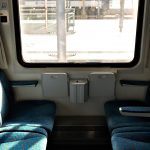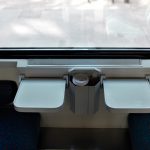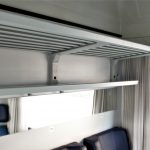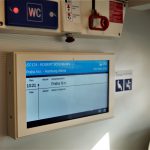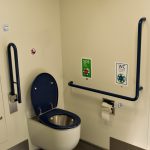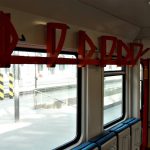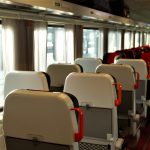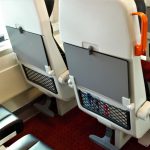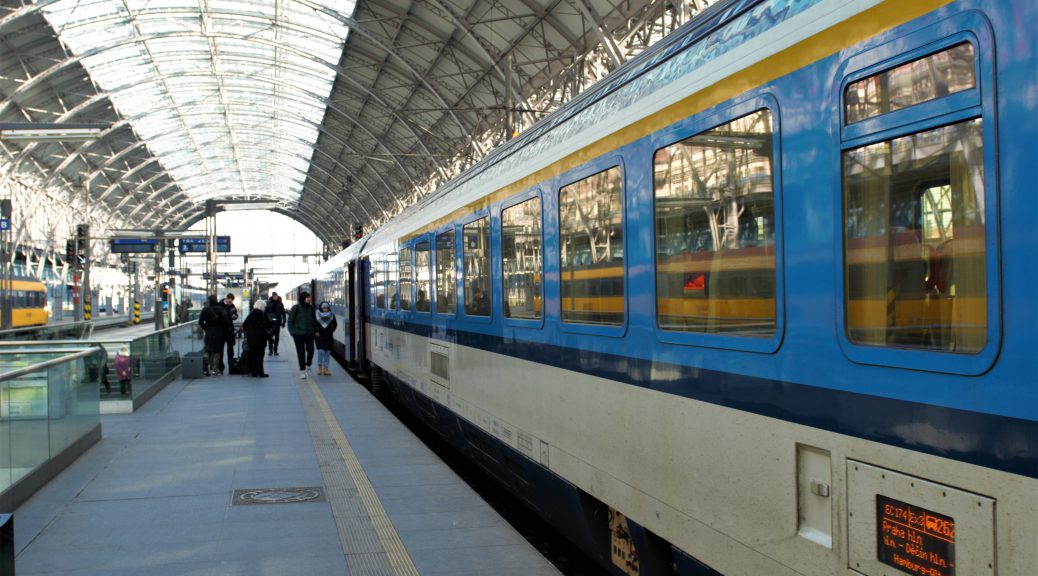
Prague to Berlin by Train – How, When and How Much
Prague and Berlin are connected by several direct EuroCity trains daily, featuring some of the most modern Czech Railways carriages. The journey take 4 hours 20 minutes as of early 2018, though total travel time is bound to decrease to under four hours within the year. That’s a full hour shorter than the fastest direct bus to Berlin, not to mention a major difference in comfort and on-board services that make the train the best option for journeys between the two capitals.
From Early Morning, Every Two Hours
There are six pairs of direct daily trains on this route, departing in a regular two-hour interval. Those who still find the last train to be too early, there is an additional later connection requiring a change of trains in Leipzig. The same is true in the opposite direction, but watch out: Leipzig’s principal train station is really large and we absolutely recommend paying close attention during your transfer.
View full train timetable
Prague to Berlin
| EC 178 | EC 176 | EC 174 | EC 378 | EC 172* | EC 170 | EC 258 / ICE 1502 | |
| Praha hl.n. | 6:21 | 8:21 | 10:21 | 12:21 | 14:21 | 16:21 | 18:33 |
| Praha-Holešovice | 6:31 | 8:31 | 10:31 | 12:31 | 14:31 | 16:31 | 18:43 |
| Dresden Hbf | 8:40 | 10:40 | 12:40 | 14:40 | 16:40 | 18:40 | 20:44 |
| Dresden Hbf | 8:55 | 10:55 | 12:55 | 14:55 | 16:55 | 18:55 | 20:46 |
| Berlin-Südkreuz | 10:34 | 12:34 | 14:34 | 16:34 | 18:34 | 20:34 | 23:25 |
| Berlin Hbf | 10:41 | 12:41 | 14:41 | 16:41 | 18:41 | 20:41 | 23:33 |
Berlin to Prague
| ICE 1503 / EC 259 | EC 171 | EC 173* | EC 378 | EC 175 | EC 177 | EC 179 | |
| Berlin Hbf | 4:30 | 7:16 | 9:17 | 11:19 | 13:19 | 15:19 | 17:16 |
| Berlin-Südkreuz | 4:37 | 7:23 | 9:26 | 11:26 | 13:26 | 15:26 | 17:23 |
| Dresden Hbf | 7:06 | 9:07 | 11:07 | 13:07 | 15:07 | 17:07 | 19:09 |
| Dresden Hbf | 7:08 | 9:22 | 11:22 | 13:22 | 15:22 | 17:22 | 19:24 |
| Praha-Holešovice | 9:14 | 11:24 | 13:26 | 15:24 | 17:24 | 19:24 | 21:24 |
| Praha hl.n. | 9:24 | 11:35 | 13:35 | 15:35 | 17:35 | 19:35 | 21:35 |
What to Expect on the Train
Basically all trains on this route are operated by Czech Railways and the good news is that the product is objectively very comfortable.
The EC 172 and EC 173 “Hungaria” services are operated by Hungarian Railways (MÁV-START), using different carriages. These may not always fulfill all of the mentioned standards, though most have recently been refurbished with additional features, such as electric sockets, USB ports and a more comfortable interior. A Hungarian dining car is also present instead of the Czech one.
With any reservation, you will get a seat in a modern air-conditioned carriage with electrical outlets and wireless Internet access. The only differences are in cabin arrangements: the train is divided into cars with compartments (each having six seats) and large open spaces (akin to airplane seating). These Siemens train cars were built around the turn of the century and have recently undergone a major modernization of the interior. On-board Wi-Fi is free but imposes per-device data caps.
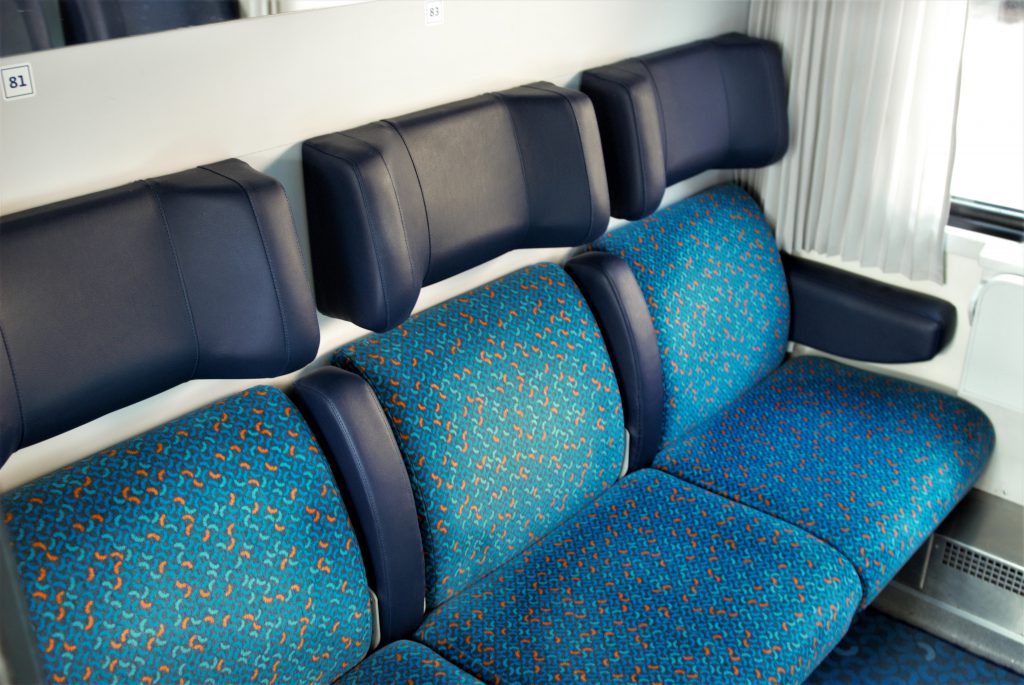
Each carriage offers clean modern toilets with standard hygienic amenities. Informations about the ride is available through on-board announcements and via LCD displays throughout the train.
The Standard Offering: 2nd Class Seating
Carriages with compartments (Bmz type) offer the most comfortable seating, especially for those who prefer a more intimate environment for up to six passengers—arguably a great option for traveling with family or in a group of friends. These seats, covered in a combination of fabric and leather, recline and include a height-adjustable headrest. There are four standard 230V electric sockets and four USB charge ports (type A, 5 volts) in each compartment.
Trains on the Prague – Berlin route usually have at least three such carriages; they are always numbered 260, 257 and 256. Extra carriages, numbered 255 and 254, may also be present on high-demand days. Seat numbers are grouped by compartment and designate specific positions; even and odd numbers always face each other. Unfortunately, there is no guarantee of being seated in a specific direction, so you may be facing backwards, which some travelers might not prefer.
This type of carriage may occasionally be replaced by a similar model due to operational reasons. The types are identical in every aspect except for seats, which are more modern, but do not recline.
Two open-space carriages, often compared to airplane-style seating, are usually numbered 258 and 259.
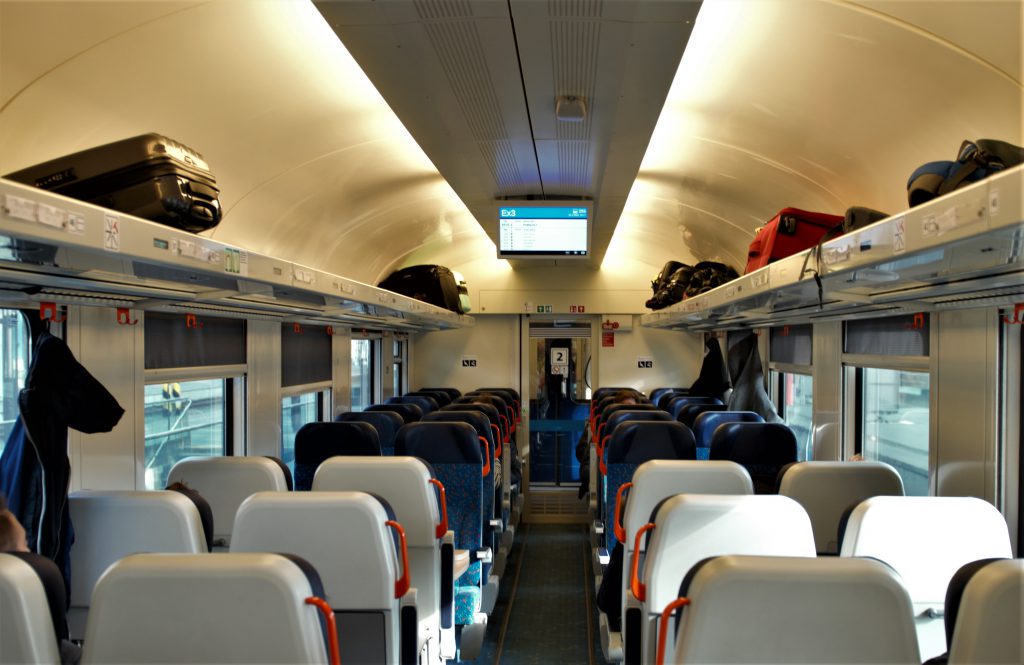
These two cars offer a very similar travel experience, with seats arranged behind each other, except for a few clusters of four face to face seats with a large table in the middle. All seats have at least a foldable tray table that is large enough for food and work. However, the cabin otherwise offers only limited personal storage space at the seat.
Carriage no. 258 (type Bdmpz) enables the transport of eight bicycles on hinged hooks at one end of the car.
Carriage no. 259 (type Bhmpz) provides space for two wheelchair customers, including a wheelchair-accessible toilet and a cabin crew service point. In addition, there is a special compartment for families with children.
Service Standards and Consistency
Czech Railways try really hard to follow the set standards for this particular line. From time to time, individual train cars may be temporarily swapped out for another at the last minute due to necessary maintenance. If this happens, the replacement carriage will be of a similar type, though an older version without USB ports, Wi-Fi, and info screens. However, it doesn’t make a difference in terms of travel convenience and no compensation is awarded to the customer; nonetheless it is possible to ask the staff to be reseated, space-permitting.
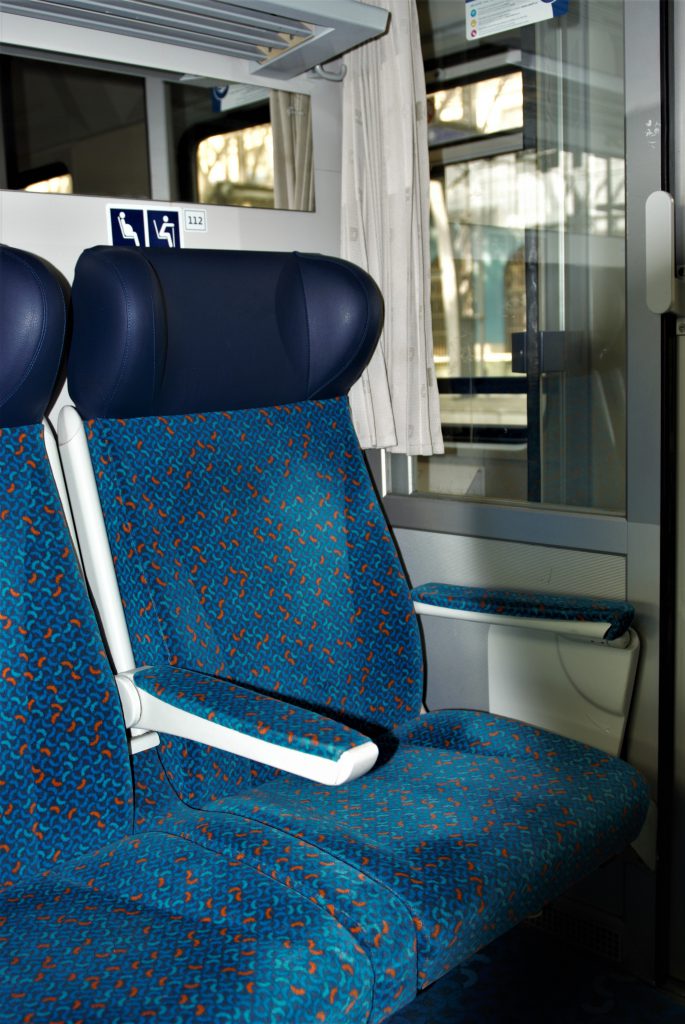
When You Upgrade to 1st Class
First-class carriages are always configured as an open space (type Ampz). The primary difference compared to 2nd class is more personal space due a less dense configuration. Seats are coated in black synthetic leather and can be reclined to a certain extent, with an adjustable footrest. There are only three seats per row in a 2 + 1 arrangement, whereby two thirds of the passengers have direct aisle access. Cabin features are identical to other cars on the train (electrical outlets, USB, Wi-Fi).
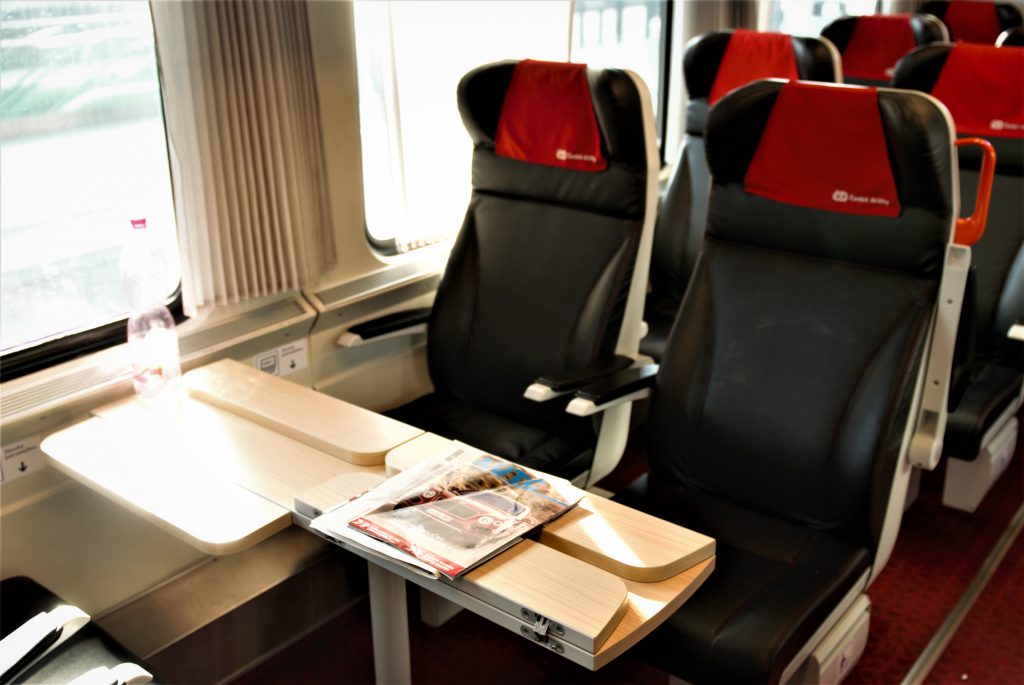
A key differentiation between travel classes is in the service: when departing from a Czech station, you will receive a complimentary bottle of water and a daily newspaper (only in Czech). Wireless Internet access is not restricted in terms of data and you can order from the dining car menu directly at your seat. First-class ticket includes access to the ČD Lounge waiting room in Prague and DB Lounges at German railway stations.
Eating on the Train: Dining Car and Snacks Cart
Each EuroCity train between Prague and Berlin has a dining car, which is always situated between the first and second class carriages. The menu, branded ČD Restaurant, is catered by JLV and features both year-round and seasonal items including breakfast, hot meals and draft beer. Our personal recommendation would be all main dishes, which you can order. They’re hot and very rich, just like in a luxury restaurant.
Booking space at the table is neither necessary, nor technically possible at the moment. You simply walk in and have a seat. Beware, though, of the dual pricing model wherein food and beverages ordered on Czech territory qualify within the so-called happy hours, which in practice means a significant discount compared to typical food prices.

You can pay for your order by all major cards or by cash in Czech crowns (CZK) and Euros.
Smaller snacks and drinks can be ordered directly at the walk-up bar at the opposite end of the dining car and taken directly to your seat. A steward with a minibar cart passes through the train several times throughout the journey to offer a range of drinks, snacks and sweets, though only cash payments are possible in this case.
In first class you can order directly from your seat, food and drinks will be served on your tray table by the crew.

Buying Tickets
Regardless of the exact boarding and arrival station, a 2nd class ticket for any train between Prague and Berlin starts at EUR 26 (~CZK 660), including a seat reservation. Trains call at Prague Central (Praha hl.n.) and Holešovice, and the Südkreuz and Central Station (Hauptbahnhof) in Berlin. A first-class trip you cost you from EUR 48 upwards (CZK 1220), including seat booking. The most cost-effective tickets may not be available shortly before the trip, as Czech Railways only offer a limited number of discounted tickets with limited flexibility. Standard international tickets offer greater flexibility, which is offset by significantly higher price.
If you don’t want to delve into the details and you just want the best available spot on the train, try our TravelSupport. We’ll quickly get you up to speed with everything important and we’ll secure the best possible tickets and seats for your trip, including care and support throughout your journey in case of unforeseen service changes and disruptions.
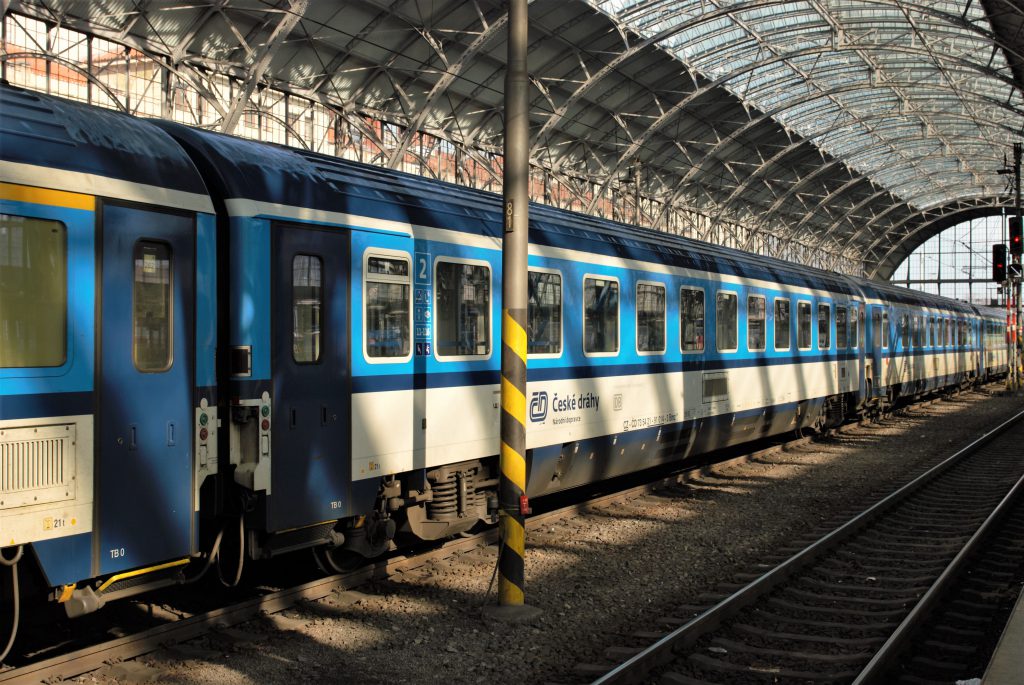
On the other hand, if you don’t mind doing the research and getting the details right on your own, head over to Czech Railways’ online booking. Keep in mind that trains from Prague to Berlin tend to get very full between March and October, so we highly recommend reserving a seat in advance for €3. When buying online, you can usually choose a seat directly from a seat map, though you will not be able to determine which seats face in the direction of travel. For some routings, the seat map may not be available and seats are assigned automatically by the system, unless entered manually by carriage and seat number.
What’s Good to Know Before Your Trip
Is It Worthwhile Paying the Premium for 1st Class?
Compared to the cheapest available ticket, first class can easily cost double. It really depends on the circumstances of your travel as to when this premium is justified. If one of the following applies, it is probably worth considering upgrading to first class:
- You will have considerable extra time before boarding your train, which you would rather spend in a private waiting room at the station with power ports, Wi-Fi or refreshments;
- You want to maximize the productive time spent on the road by having a hot lunch right at your seat, and working undisturbed for the rest of your journey;
- You will need decent Internet connection and a calm place for work while on the train;
- The cheapest discounted tickets are no longer available and you may as well appreciate more comfortable seating and more space for a small premium.
Large Baggage
The carriage of luggage is not restricted in any significant way. Standard-size suitcases are transported completely free of charge in unlimited quantity. There is no checked baggage option while on board, though there are several spacious shelves for large bags that are constantly in sight and allow for easy storage without heavy lifting. All carriages also feature ample storage space on overhead racks above the seats, but if you don’t want to lift heavy items, choose an open-space car where you can place smaller bags under the seat or into a space between seats.
If you want to visit a dining car, we recommend taking only hand luggage with you, as there is no room for big suitcases in the dining area.
Luggage at the Stations
You can leave your luggage in a depository directly at the station, both in Prague and Berlin. In both cases, there are deposit boxes available for 24 hours.
- Praha hl.n.: There are two left luggage areas, differing in price and opening hours:
- Self-service storage lockers are located downstairs in the north part of the station (on the far end, left-hand side from the main entrance). Lockers are available in three sizes, priced at CZK 100 to CZK 120 per session, up to 24 hours. CZK coins are required, but changing machines are available on site. The area is closed between 0:30 and 3:30 at night.
- An attended storage facility is located in the southern access corridor, close to platform 1A. Daily rate is CZK 60 to CZK 100, based on size. Bike storage is available here. The facility is open daily between 6:00 and 23:00 (11pm).
- Berlín Hbf: DB Gepäckcenter left luggage facility is located on the first floor, close to platforms 13 and 14. You’ll pay EUR 4 – 6 per day, depending on bag size.
Traveling with Bicycles
Bicycles are transported as accompanying luggage on the Prague–Berlin route, which means that you need to purchase a bicycle reservation for € 13. You self-load the bike on the train and secure it on a hook in carriage number 258, situated roughly in the middle of the train. The bicycle booking fee automatically includes a seat reservation in the immediate vicinity, so you have your bike within reach and under supervision throughout the journey.


